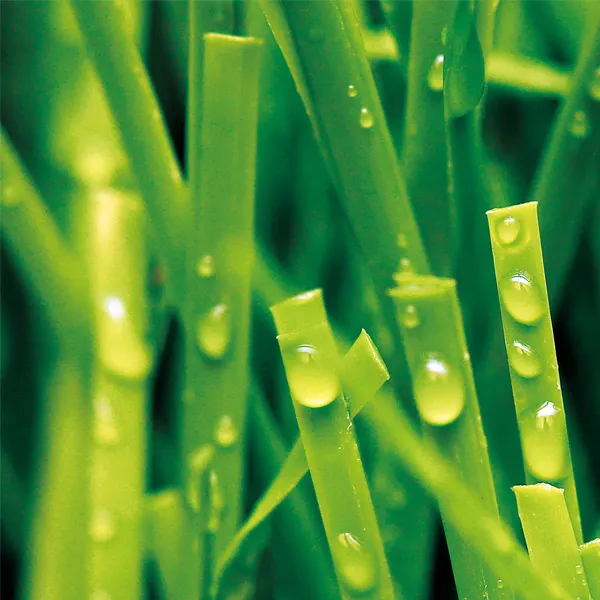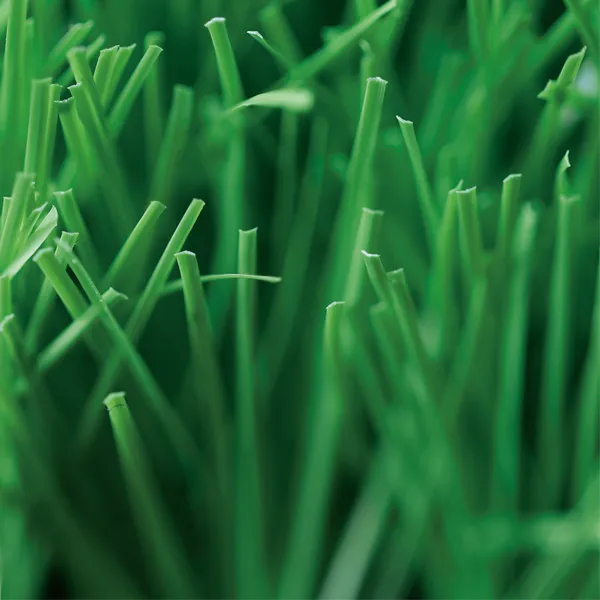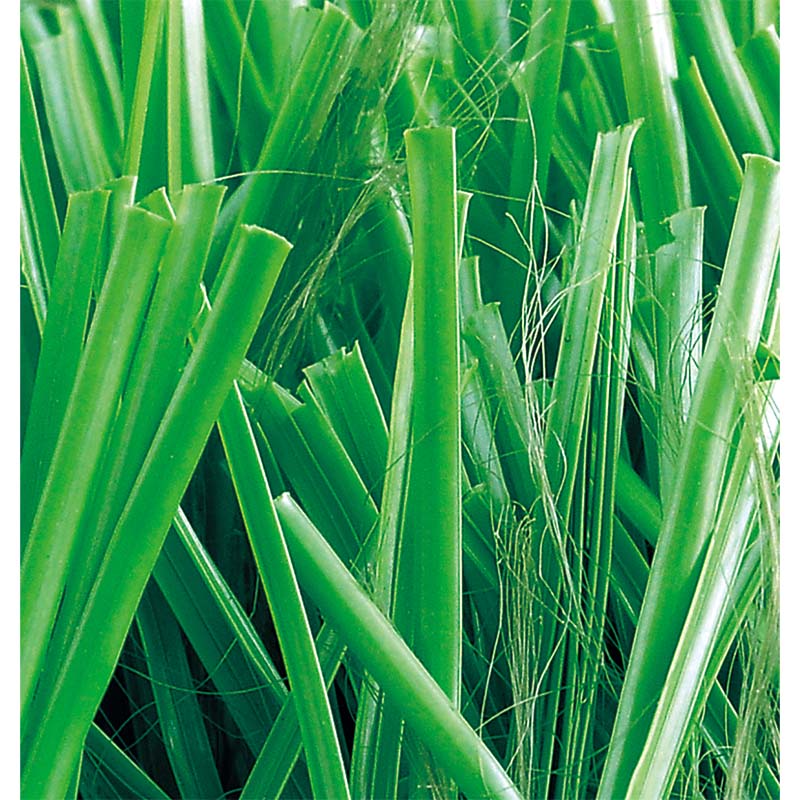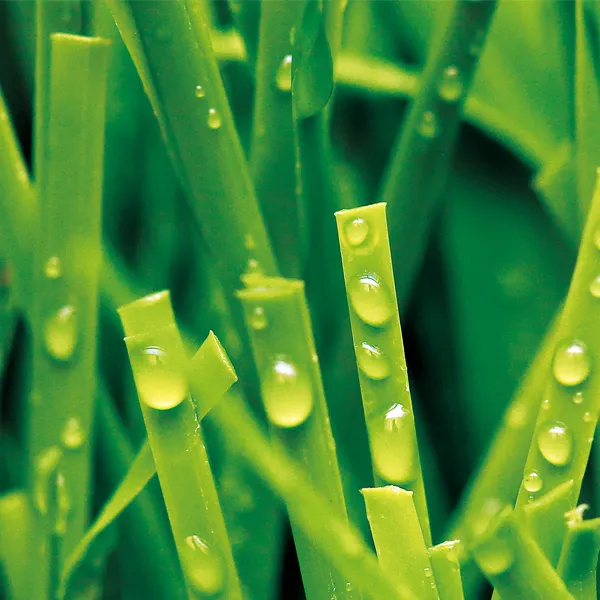The Application of All Sports Turf in University Playgrounds

With the advancement of technology and changes in people's lifestyles, all sports turf, as a new type of sports field material, is increasingly being applied to university playgrounds. It not only meets the basic needs of sports, but also demonstrates significant advantages in environmental protection, maintenance costs, and sports experience.
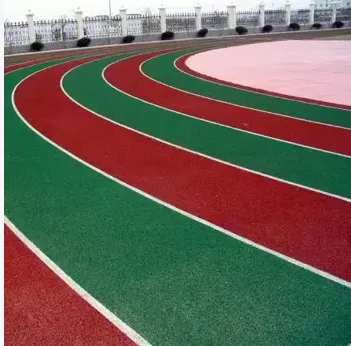
The most prominent advantage of all sports turf is its improvement in sports performance
Compared with natural lawns, artificial athletic turf can maintain good performance under various climatic conditions and is not affected by weather factors such as rain and drought. This enables college students to engage in physical exercise and competitions at any time, improving the sustainability of sports. In addition, the uniform surface of artificial turf can effectively reduce the risk of sports injuries and improve the safety of athletes. This is particularly important for college students, especially in high-intensity competitive events.
The maintenance cost of all sports turf is relatively low
Natural lawns require regular watering, fertilization, pruning, and other daily management tasks, which often require a significant amount of manpower and material resources. Relatively speaking, artificial field turf only require regular cleaning and simple maintenance, greatly reducing maintenance costs and manpower investment. For universities with limited resources, using artificial lawns can effectively save money, allowing these costs to be used for the development of other fields.
The potential of all sports turf in environmental protection cannot be ignored
With the increasing awareness of environmental protection, universities are paying more attention to sustainable development in campus construction. The use of artificial grass baseball fields can effectively reduce the consumption of water resources, especially in arid areas, avoiding the excessive dependence of natural lawns on water sources. At the same time, most modern artificial turf production materials use environmentally friendly materials, reducing environmental pollution. The promotion of this green concept will establish a good environmental image in the whole society and inspire more people to pay attention to and participate in environmental protection actions.
Despite the numerous advantages of all sports turf, there are also some challenges in its application process
For example, the initial investment cost is relatively high, and some sports enthusiasts have doubts about the user experience and athletic performance of the artificial grass field. Therefore, when promoting artificial turf, universities should comprehensively consider these factors and develop practical and feasible plans to better serve the needs of teachers and students.
In summary, Sport Artificial Grass, as an innovative sports field material, has demonstrated many advantages in the application of university playgrounds. It not only enhances the sports experience and reduces maintenance costs, but also contributes to the promotion of environmental protection concepts. With the continuous advancement of technology and people's attention to safety, environmental protection, and economy, artificial turf will undoubtedly become an important choice for sports venues in universities in the future.
With years of expertise in artificial grass, we're dedicated to providing eco-friendly, durable, and aesthetically pleasing solutions.
Our commitment to quality and customer satisfaction shapes every blade of grass we produce,
ensuring that we not only meet, but exceed,your landscaping expectations.

